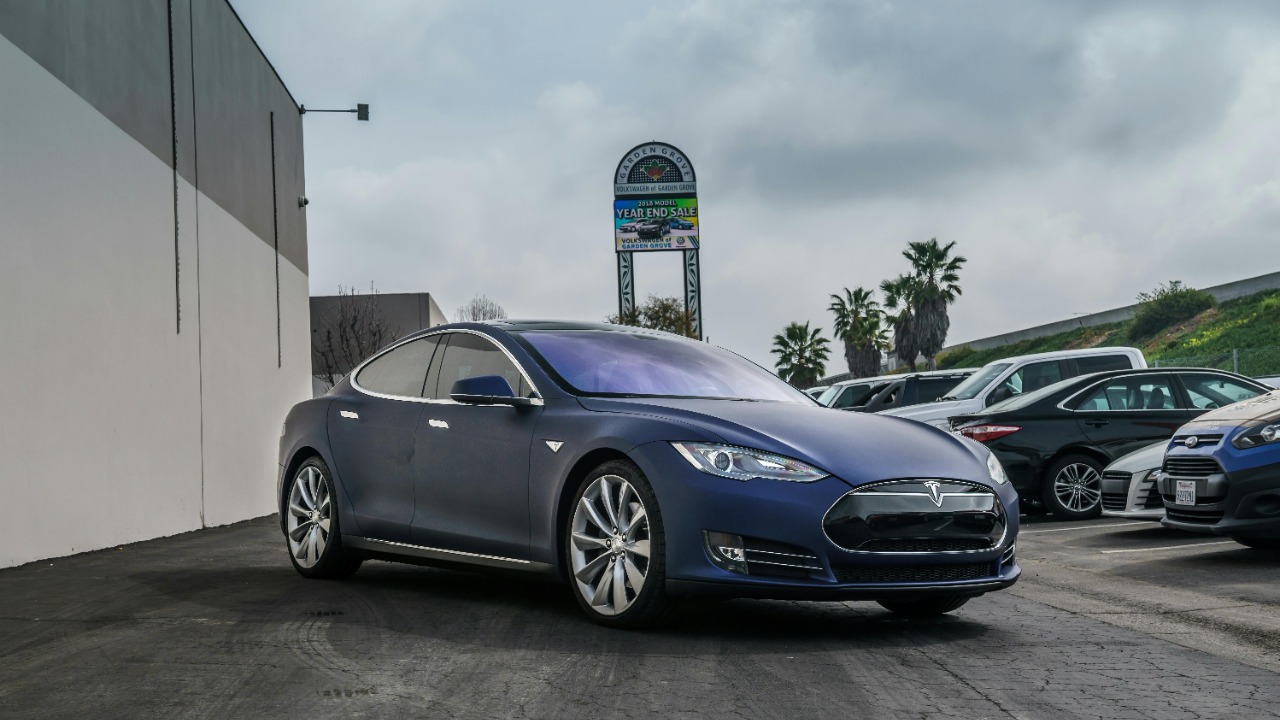
As the automotive industry shifts towards electrification, a growing number of dealerships are expressing reluctance to sell electric vehicles (EVs). Despite the increasing consumer demand and government incentives, several factors contribute to this hesitation. Understanding these reasons is crucial to grasping the complexities of the automotive industry’s transition to electrification.
The Traditional Business Model of Dealerships
Dealerships have long relied on the profitability of traditional vehicles, largely due to the service and maintenance they require over their lifespan. These services are a significant source of revenue for dealerships. In contrast, electric vehicles often have fewer moving parts and require less routine maintenance, which can lead to reduced profit margins. This financial shift makes some dealerships hesitant to transition their sales focus from gasoline-powered vehicles to EVs.
Moreover, the sales teams at many dealerships might not have the necessary training and expertise to effectively sell and support EVs. Traditional sales strategies and knowledge are often not applicable when discussing the benefits and functionalities of electric models. The additional training required to bridge this knowledge gap can be both time-consuming and costly, creating another barrier for dealerships considering the transition.
Infrastructure and Cost Concerns
One of the significant hurdles for dealerships is the investment in charging infrastructure. Installing charging stations on-site can be a complex and expensive endeavor, especially for smaller dealerships with limited budgets. This infrastructure is crucial for showcasing EVs’ capabilities and providing adequate support to potential buyers, but the financial burden can be daunting.
Additionally, the initial investment for stocking and displaying EVs is substantial. Dealerships need to purchase specialized equipment and ensure that their staff is trained to handle service and maintenance for these vehicles. For smaller dealerships, these costs can be prohibitive, further discouraging them from embracing the EV market.
Consumer Demand and Market Perceptions
Despite the growing interest in electric vehicles, some dealerships perceive that consumer demand is not yet sufficient to justify a large inventory of EVs. This is particularly true in regions where EV adoption is slower, and consumers remain attached to traditional vehicles. Dealers in these areas may be hesitant to take on the risk of stocking vehicles that might not sell quickly.
Furthermore, misconceptions and skepticism about the practicality and reliability of EVs persist. Both consumers and dealers may harbor doubts about the range, charging time, and overall dependability of electric vehicles. This skepticism can dampen the enthusiasm for selling EVs, as dealerships worry about convincing customers to make the switch.
Regulatory and Policy Challenges
Navigating the complexities of EV tax credits can be a daunting task for many dealerships. The intricacies of these credits often lead to confusion and frustration, resulting in missed opportunities for both dealers and consumers. Additionally, the rapidly changing regulatory landscape, aimed at increasing EV sales, can overwhelm dealerships, causing resistance to change.
Dealerships may feel pressured by mandates to increase EV sales, but without the necessary support and clear guidance, these policies can feel burdensome rather than beneficial. This regulatory pressure can lead to a reluctance to embrace EVs fully, as dealers struggle to keep up with the evolving landscape.
Cultural and Industry Resistance
The automotive industry is deeply rooted in traditional practices, and a cultural shift towards EVs may be challenging for some dealership leadership. This resistance to change is further compounded by longstanding relationships with traditional automakers, which can influence a dealership’s willingness to prioritize electric vehicles.
Many dealerships have established connections and agreements with legacy manufacturers that have been built over decades. These relationships often come with expectations and incentives that favor gasoline-powered vehicles, making it difficult for dealerships to pivot their focus towards electric options. This entrenched loyalty to conventional automakers can hinder the adoption of EVs, even as the industry moves toward a more sustainable future.